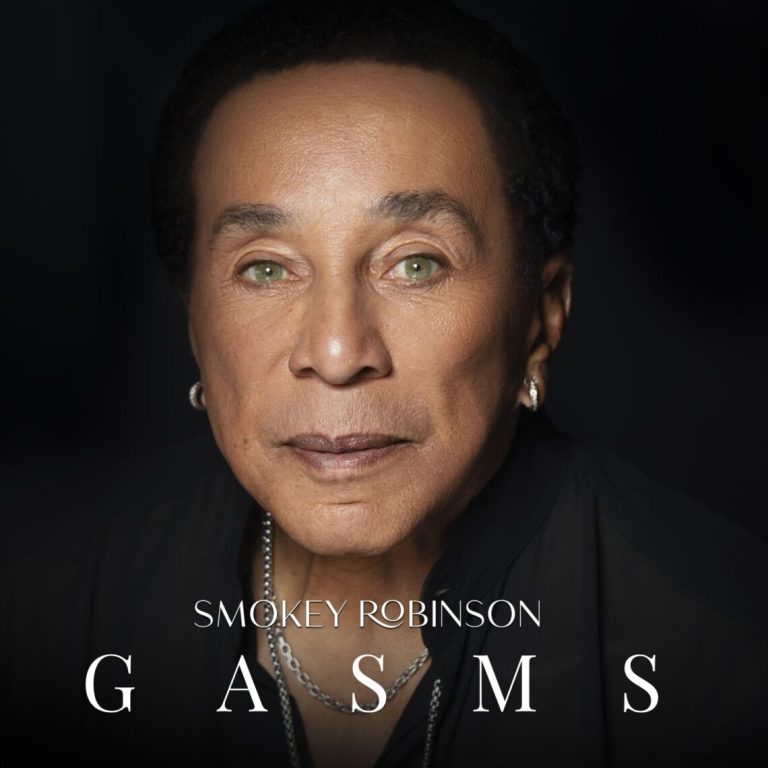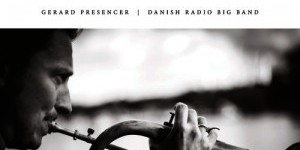Dave Brubeck’s Time OutTakes
Do you remember the first time you’ve listened to Dave Brubeck‘s groundbreaking “Take Five”? I was eighteen when I bought the “Time Out” LP in Cologne, on a cold February day in 1985. And while I can’t exactly remember where and when I first heard the tune (probably on the radio), what I remember is that for several weeks, I would put on “Strange Meadow Lark” and “Take Five” each morning before I went to school, and it was the first album I played when I came back from school. And even though I didn’t really care about odd time signatures, let alone didn’t know anything about it, there was this air of exoticism about it, something unheard of and very very special. The alto saxophone of Paul Desmond (who wrote “Take Five”) was uber cool and there was a magical power and strong stroke when Dave hit the keys.

So the experiment of shifting away from the standard 4/4 tempo and playing around with 5/4 (“Take Five”), 9/8 (“Blue Rondo A La Turk”), or 6/4 (“Pick Up Sticks”), certainly made an impact. It was music that wouldn’t leave your ears for months, intricate yet accessible, deeply etched in your mind. This experiment and the cultures which Dave Brubeck blended together with saxophonist Paul Desmond, bassist Eugene Wright, and drummer Joe Morello, classical Western music, jazz improvisation, and African folk, was almost menacingly enticing and mesmerizing. He even added Turkish folk rhythms on the album opener “Blue Rondo A La Turk”, the only track which I didn’t really warm up to. But the wonderful waltz time backings of “Three To Get Ready” and “Kathy’s Waltz” are timeless, elegant, leaving you awestruck.
Just in time for Mister Brubeck’s centennial today, Brubeck’s family, most notably his musician sons Darius, Matt, Dan, and Chris, unearthed alternate takes of the famous 1959 sessions. Released last Friday (on vinyl too!) on their new Brubeck Editions label, the album features the first five tracks of the original album with alternative takes, plus two unreleased cuts and some studio banter of the musicians involved. It seems as if Paul Desmond sounds a bit more hurried on “Take Five”, yet “Kathy’s Waltz” (spelled here with a C) and “Strange Meadow Lark” both seem to be a bit more at ease, but somewhat uneven in the final mix. As if you’re witnessing history being made, masters at work. “Everybody’s Jumpin'” and “Pick Up Sticks” are not featured here with alternative takes. Instead, we get a joyful little “I’m In A Dancing Mood”, and the experimental “Watusi Jam”, feeling not really finished, not really where it’s supposed to be.
Even though these classic tunes and their final versions which ended up on the album are forever stuck in your brain, it is really interesting to hear other variations on the themes, and with the studio banter as the last track, that’s really something for the diehard fan I think. The album received negative reviews upon its release (December 14th, 1959), but became one of the biggest-selling and best-known jazz albums. It also introduced abstract art to jazz LP packaging with a cover made by S. Neil Fujita, who was the visual artist of Columbia Records from 1954 to 1960. He had already experimented with similar album covers for the 1957 “Modern Jazz Perspective” LP by Donald Byrd and Gigi Grye and “Far Out, Near In” by Johnny Eaton and His Princetonians, also from 1957. A wonderful reminder how incredibly brave and utterly innovative “Time Out” was and still is. But I still haven’t warmed up to “Blue Rondo A La Turk”.








